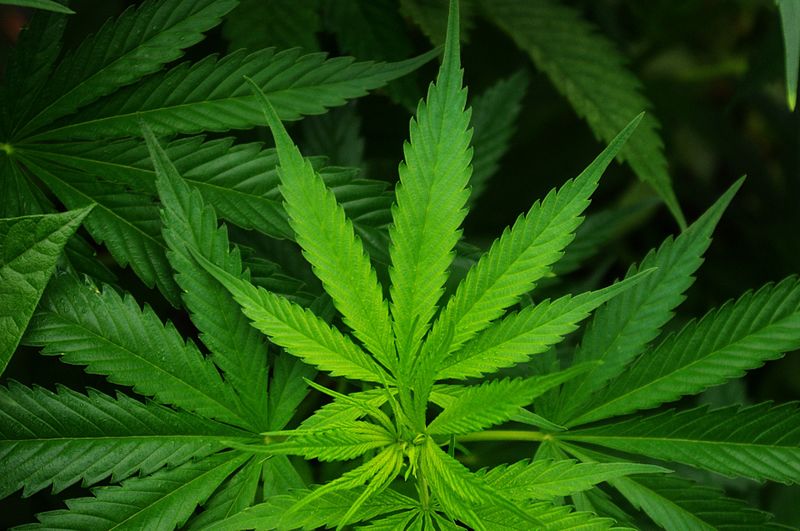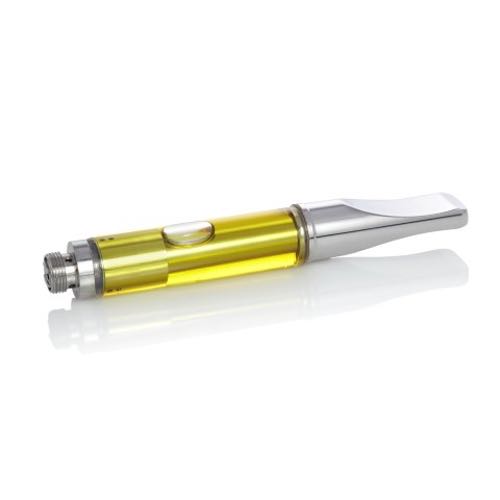CANNABIS/WEED PACKAGING: How Can I REMAIN COMPLIANT?
Most state cannabis regulators’ time and effort are focused on one goal: preventing cannabis products from being diverted to minors or sold on the illegal market. Compliance with weed labeling and weed packaging is critical to this goal.
While the goal of stopping minors from smoking cannabis may be straightforward, regulators must traverse a complicated legal framework. The majority of the update, amend, and revise their regulations regularly.
In the case of packing and labeling, this is especially true. For example, in January 2020, California enacted new packaging restrictions for the cannabis sector, giving manufacturers almost little time to comply – and that is just one state.
Manufacturers of cannabis that wish to conduct business in numerous states must simultaneously comply with multiple regulatory authorities. If two or more states modify their rules simultaneously, this process might soon become burdensome. Buy Cannabis Marketing Strategies for StartUps online.
The Importance of Cannabis Labeling
The majority of the first weed packaging laws treated cannabis the same way they did any other prescribed substance. Many medical marijuana businesses continue to use the generic cylindrical pill bottles that pharmacies use, often with a distinctive green tint instead of the standard pharmacy orange.
The 1970 Poison Prevention Packaging Act gave birth to these pill bottles, which successfully lowered the number of children injured due to drug-related mishaps. However, because these bottles are transparent, they do not prevent cannabis intake and prescription medicines.
As a result, numerous states have enacted laws mandating shops to package cannabis purchases in opaque, child-resistant pouches or bags. This has resulted in a new issue: Buyers take their cannabis purchases out of the child-resistant dispensary pouch and put them somewhere more available at home.
Due to this, some manufacturers have had to reconsider their weed packaging compliance strategy. They’re re-aligning their packaging processes to offer safe, attractive product containers that meet severe regulatory requirements rather than treating regulation as an unwelcome expense.
This decision is heavily influenced by compliance and marketing. In a field where effective marketing is notoriously tough, customized weed packaging allows cannabis product makers to offer themselves brand space.
Aesthetics, functionality, and compliance are important factors in the design process.
Cannabis producers must recognize that product cannabis packaging can be child-resistant and appealing to consumers. The design element is significant since it allows for branding and ensures consumer compliance, preventing regulators from enacting tougher laws in the future.
Instead of repurposing cumbersome boxes, glass jars, and pharmaceutical containers, today’s cannabis firms are inventing one-of-a-kind packaging solutions that achieve numerous objectives at once. Suppose it accomplishes its goals in the following areas. In that case, well-designed cannabis packaging can play a crucial role in the overall success of a company:
Compliance. For cannabis manufacturers, regulatory compliance will always be a primary priority. No company may bring a product to market unless it complies with governmental regulations, or even better, exceeds them.
Efficiency. Manufacturers have a range of financial incentives to reduce waste when packaging cannabis products. If effectively executed, using readily available, highly reusable materials can result in a long-term net gain.
Cost-Reduction. While some cannabis products may benefit from luxury branding to attract higher-end buyers, the majority of manufacturers are looking for compliant, efficient, and low-cost marijuana packaging options.
The durability of the environment Hemp is being used for packaging cannabis goods by several cannabis packaging companies, which is a sustainable, common-sense option. Paper and recovered plastic can help a company’s environmental impact while also providing excellent branding opportunities.
Aesthetics. Cannabis consumers believe they belong to a distinct culture. At the dispensary cash register, attractive cannabis packaging that conveys this cultural identity might lead to a product outperforming equally valuable alternatives.
Specific Product Packaging Examples
Examining the states’ laws where you intend to do business will help you discover the ideal weed packaging solution for your cannabis business. Still, the examples below should encourage manufacturers to discover one tailored to their specific needs and objectives.
Packaging of Cannabis Flowers Customized, odor-proof containers can significantly impact cannabis flower’s marketing success. Some cultivators use child-resistant containers made of handmade wood, glass, or even metal to set their products apart from the competitors. These containers must provide optimal moisture and lighting conditions to extend the product’s shelf life.
Extract packaging and a vaporizer Branding and design possibilities for vape and extract containers considerably increase. Experiential packaging is becoming an increasingly important component of the vape consumer’s experience, providing brands with new methods to engage with their customers, frequently via the perspective of luxury packaging and quality.
Packaging of Edibles When it comes to childproof packaging, the food business is most significant. Children can be incredibly resourceful when obtaining what they mistake for chocolate or sweets. Companies like CREATIVE are developing methods to reduce the risk of accidental consumption.
Packaging for Concentrates The cosmetics sector has influenced several concentrate package providers’ aesthetics. When it comes to goods like hash, wax, crumble, and shatter, which are difficult to handle in regular pharmaceutical containers or bags, custom-molded, childproof containers are necessary.
Cannabis packaging can be recycled sustainably.
In November 2017, California voters approved Proposition 64, which allows adults over 21 to use marijuana recreationally. This shift will take effect in January 2018, providing a problem for the California legislature. Which will have to hurry to find out how to govern the $7 billion business in time. While many critical concerns need to be addressed, a few deserve special attention. We want to keep the psychotropic remnants of marijuana out of kids’ hands as a society. Furthermore, we require long-term waste management to reduce the marijuana industry’s environmental impact in California.
Finally, we must ensure that the enactment of this legislation generates the maximum amount of taxable money for California. What steps must be taken to change an industry that has operated without regulations into one that follows safety and sustainability protocols and is organized to pay profits taxes?
Many companies will be adopting Kanemiya machinery shortly, a sustainable technology capable of processing plastic packaging. Also, wrappings are used by marijuana farmers and distributors to appropriately handle trash. In preparation for recycling, the Kanemiya machines will clean and shred the package, eradicating any lingering marijuana residue in the process.
The chain of custody offers manufacturers dependable security for problematic products, removing the unintended public safety repercussions of marijuana residue. For example, there have been horrific news stories about Colorado children who died due to eating treats laced with marijuana amounts they didn’t understand.
We need to control the danger of someone stealing and scraping the bags for profit as a state that is in the process of regulating the marijuana market. Cleaning the bags before disposal will help prevent untaxed profiteering by preventing marijuana residue from entering the waste stream.


